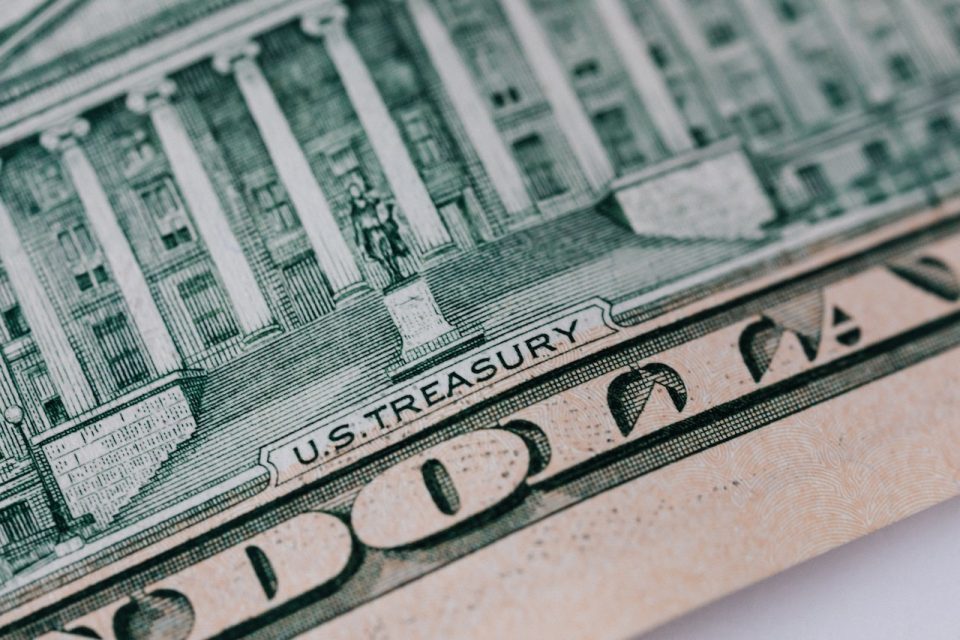US Treasuries experienced a notable decline on Monday, with 10- and 30-year yields surging to new multi-year peaks. The 10-year yield saw an increase of up to 10 basis points, reaching 4.53%, a level not witnessed since October 2007. Simultaneously, the 30-year yield saw a climb of as much as 12 basis points, hitting 4.64%, a threshold last observed in April 2011.
This downward trend in bonds stems from the widespread anticipation that the Federal Reserve will maintain elevated interest rates, coupled with the heightened influx of new bonds as the federal government grapples with mounting deficits.
This sentiment of higher rates and augmented supply has been further underscored by the Fed’s messaging last week, which included a signal of a potential rate hike later this year and tempered expectations for rate reductions in 2024. While this development has impacted the entire yield curve, it has exerted the most substantial influence on longer-term bonds, with shorter-term securities experiencing more modest increases in yield.
The Fed’s reduction of its debt holdings in the market has also coincided with a rise in yields on Treasuries equipped with inflation protection. This suggests that concerns regarding escalating consumer prices are giving way to apprehensions about surges in Treasury debt sales. The 10-year real, or inflation-adjusted yield, ascended by as much as 9 basis points, reaching 2.14%, the highest since March 2009.
Gregory Faranello, head of US Rates trading and strategy for AmeriVet Securities, cautioned, “The structural pain trade is higher from here and the Fed is no longer your friend.” Earl Davis, head of Fixed Income and Money Markets at BMO Global Asset Management, echoed this sentiment, stating, “There is significant room for a selloff on 10 to 30-year bonds, possibly 50 to 75 bps higher before the end of the year.”
The narrowing gap between 10-year yields and two-year yields, now at its narrowest since May, introduces another variable in assessing when the U.S. economy might begin to veer towards a downturn. A more slender gap could foreshadow an impending recession. Treasuries, traditionally sought after by investors for security and stable returns during economic downturns, have retained their allure relative to riskier counterparts. The long-term trajectory for bonds remains uncertain, but analysts concur that yields are likely to stay elevated until the Fed shifts its course.
US Treasuries and their corresponding yields are confronting sustained downward pressure as a result of heightened bond issuance and ongoing speculation surrounding potential interest rate hikes by the Federal Reserve later this year. This trend is anticipated to persist throughout the remainder of the year.
Source: Bloomberg

